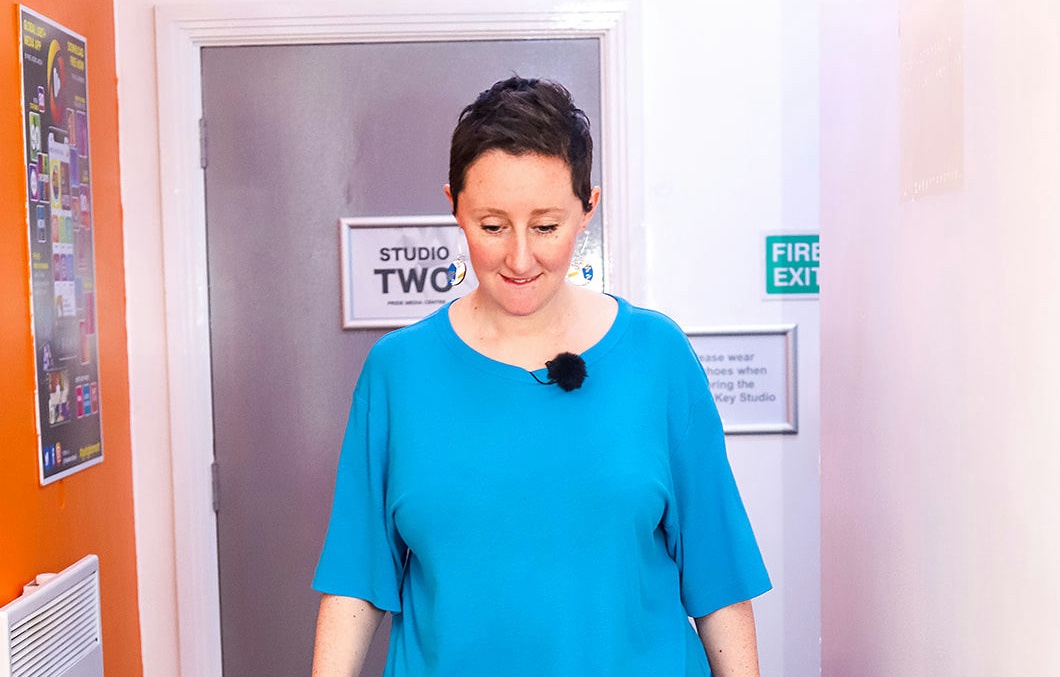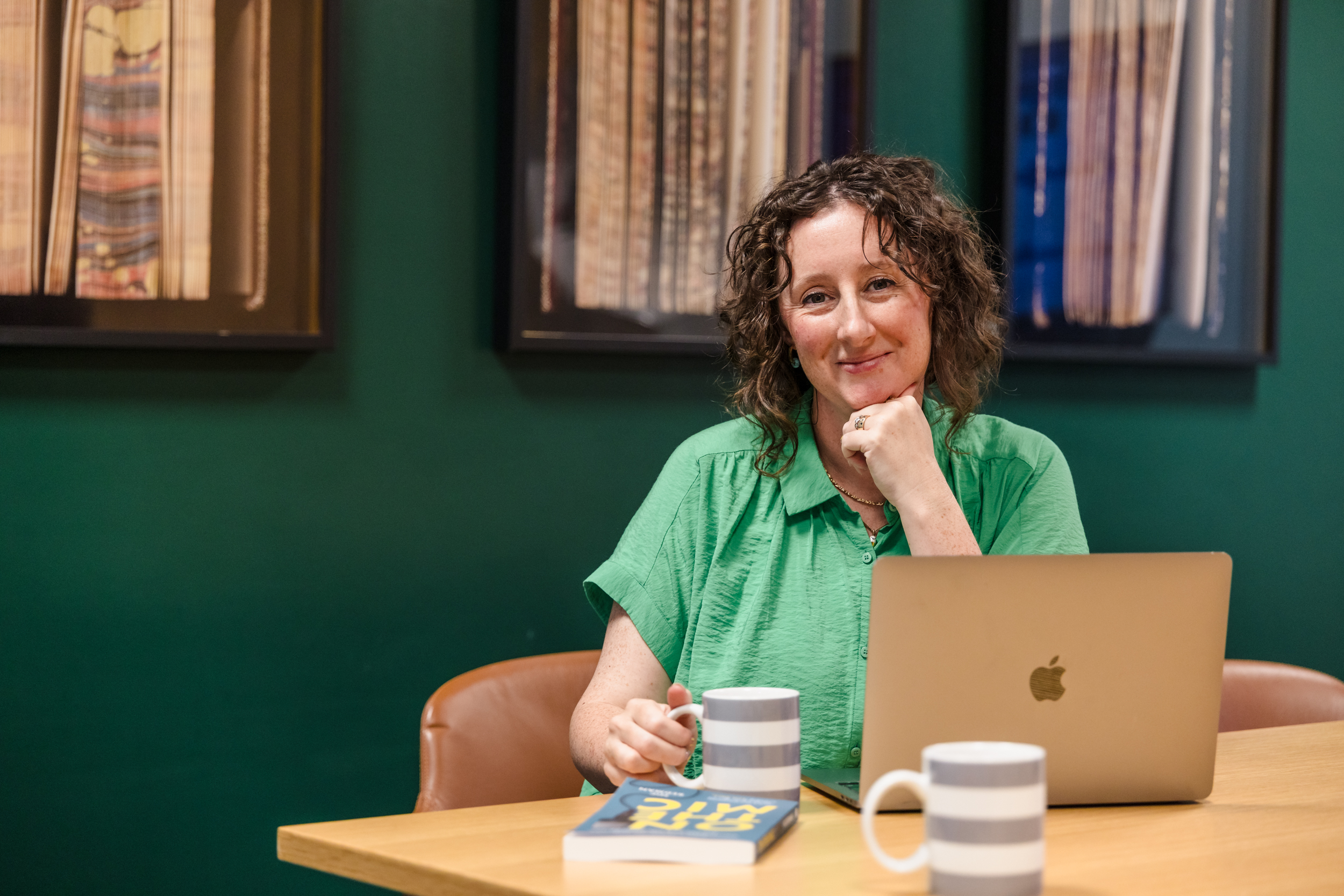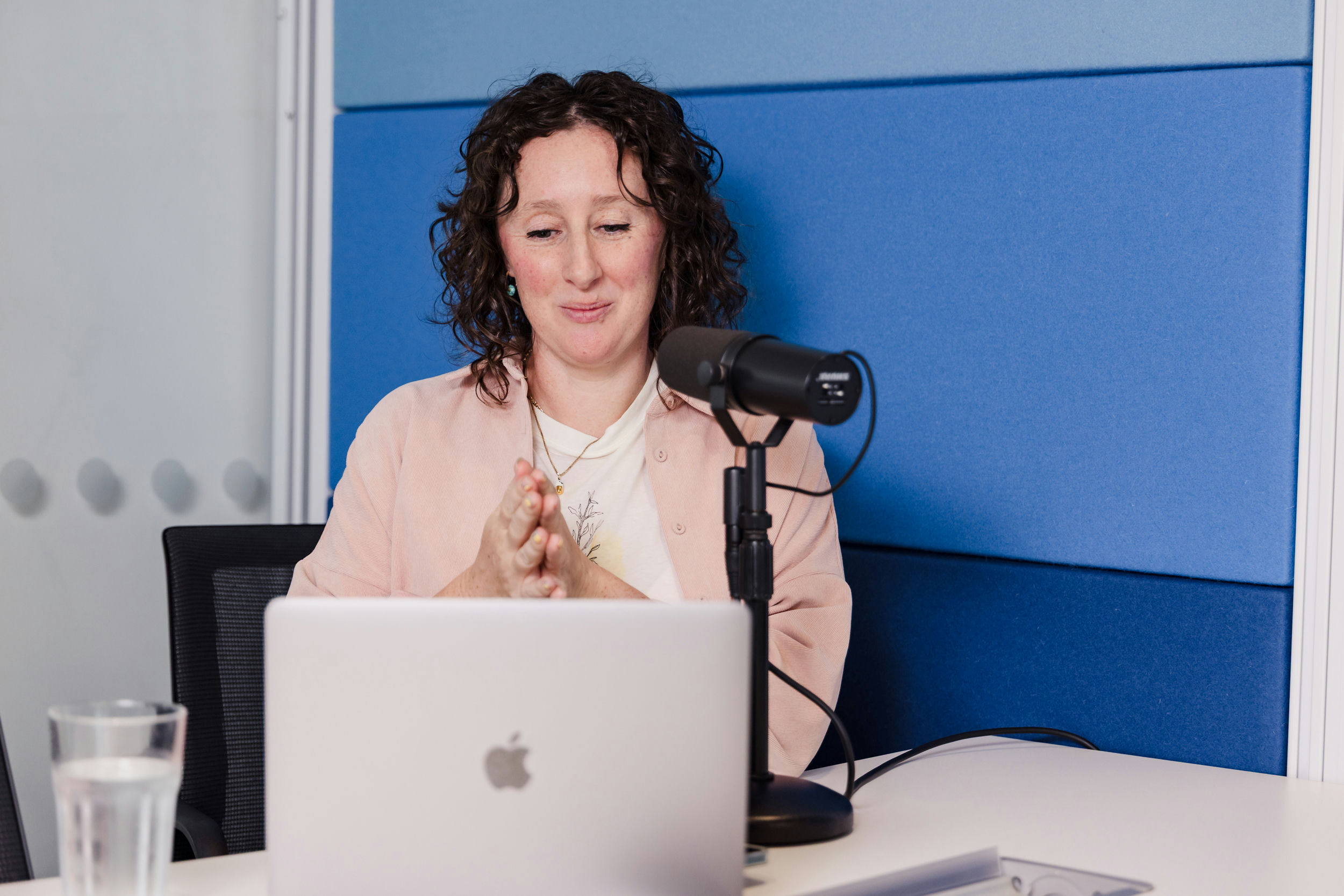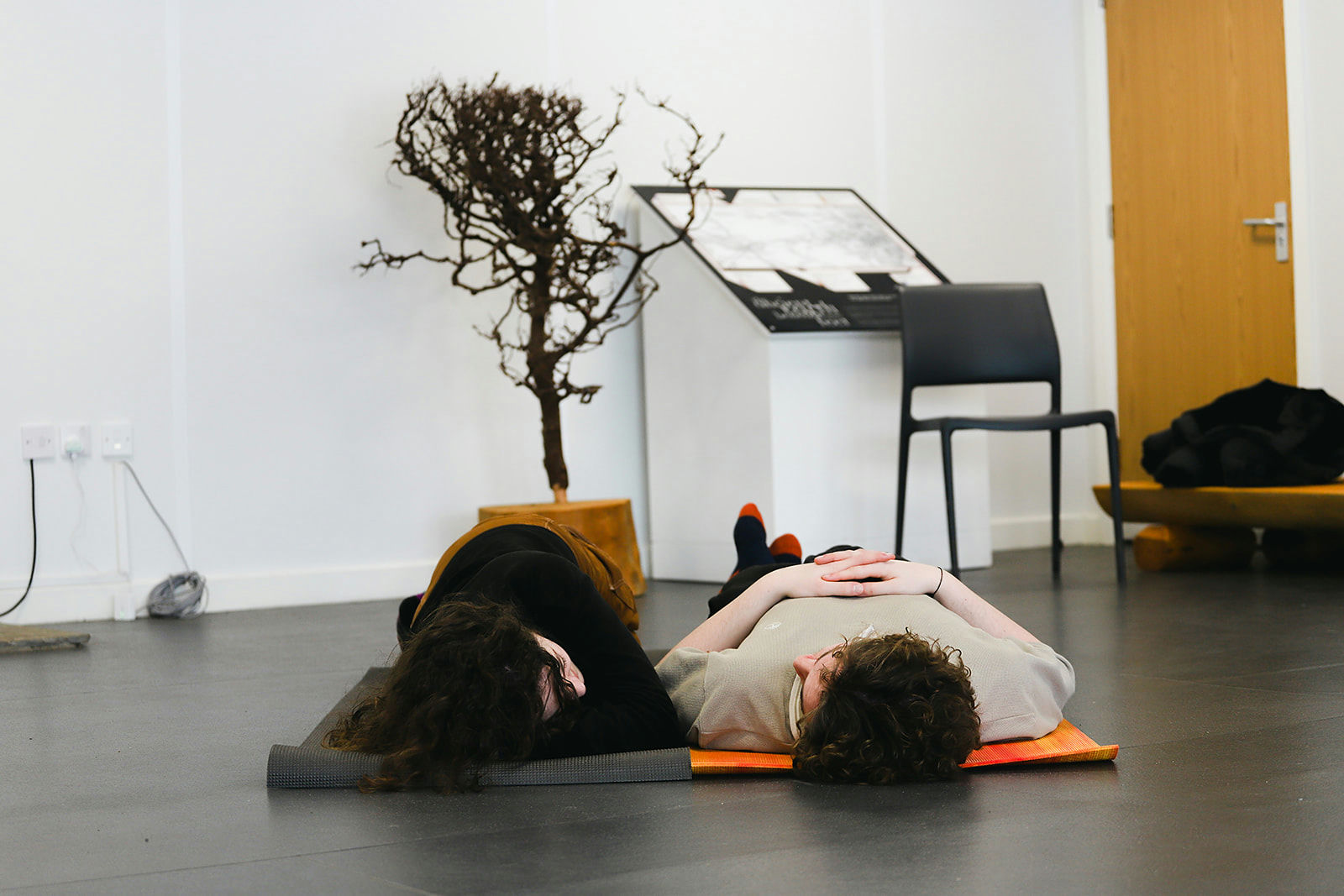So much of my work as a voice coach is helping people with the words – the words they want to speak or record. Whether it’s for a podcast intro, a corporate speech, a pitch, a keynote, or just that thing you’ve been putting off… it always comes back to this:
How do the words serve your voice?
And how does your voice connect to the words?
Because here’s the truth: the words need to work for you. They need to suit your voice, your delivery style, and the kind of speaker you want to be.
Now, I’m not here to bash AI. It’s here. It’s handy. It’s not going anywhere. Welcome to the party, ChatGPT.
But I am seeing more and more folks jumping straight into AI for their first draft. And I get it. It’s quick, it feels productive, and it helps organise the chaos in your head. “Look at me go! Draft one – done!”
Great.
But here’s the thing: no matter how you write your first draft, it’s getting edited. So why not start with something that’s actually yours?
Here’s my suggestion, and yes, I’m passionate about this, so apologies in advance if I say feck a few times:
➡️ Grab your bullet points.
➡️ Set your phone to record.
➡️ And just speak.
That’s it. Don’t overthink it. Say it all out loud. The “erms,” the “likes,” the “oh God where is this going?” — say them too. Just speak your first draft.
Why? Because when you start with AI, it’s grammatically perfect. It’s structured beautifully. It uses all the rhetorical devices: rule of three, climax, parallelism, you name it. Which sounds good, right?
But it also makes it so much harder to break away from that polished perfection. Once it’s on the page looking shiny and smart, it’s tempting to just tweak. But chances are, it’s not your voice. It’s not how you speak. And that, my friends, is the whole point of using your actual voice.
So here’s my take:
✨ A messy, rambling, human-as-anything first draft is better than a tidy, too-perfect one.
Because the messy one? That’s you. That’s your rhythm, your tone, your vocabulary, your connection to the message.
And if you still want a helping hand tidying up afterwards? Grand. That’s when you can use AI. Give it something real to work from.
Or if you really need to start with AI, then fine. Read the AI version a few times, put it away, and then just say what you remember. That way, the essence of the message comes from you, not the machine.
Because here’s the thing that’s still missing from AI (she says, slightly terrified)…
It doesn’t sound like a human.
And when it comes to speaking, whether that’s on stage, on mic, or to camera, sounding human is all we’ve fecking got!
So use it. Use you. Speak the first draft. Then shape it. Then share it.




